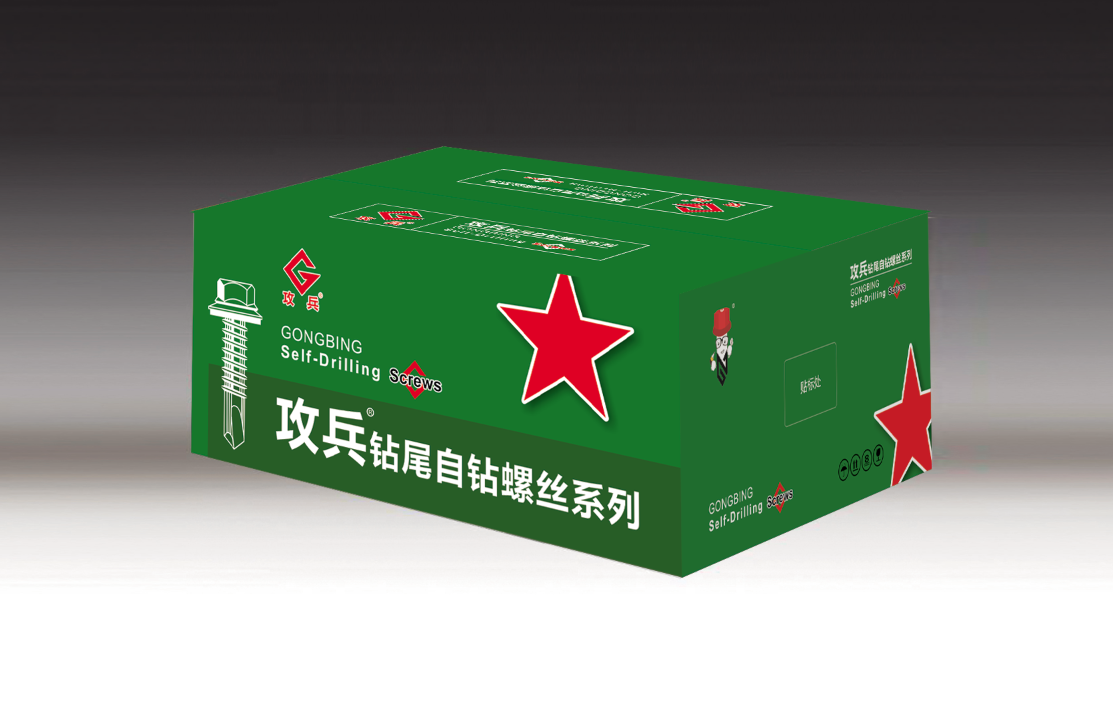metal expansion anchor
Understanding Metal Expansion Anchors A Comprehensive Guide
When it comes to anchoring systems in construction and engineering, metal expansion anchors play an essential role in providing strong and reliable holds in various materials, especially concrete. These anchors are designed to expand within a host material when a bolt is tightened, creating a secure bond that can support significant loads. This article will explore the principles of metal expansion anchors, their types, advantages, and applications, as well as best practices for installation.
What Are Metal Expansion Anchors?
Metal expansion anchors are mechanical fasteners used to attach objects to concrete or masonry surfaces. Their effectiveness lies in their ability to expand when a bolt is secured, which allows them to grip the surrounding material firmly. The primary components of a metal expansion anchor typically include a metal sleeve, a cone (tapered end) that fits into the sleeve, and a bolt that fits into the cone. As the bolt is tightened, the cone is pulled down into the sleeve, causing it to expand outward against the hole's walls.
Types of Metal Expansion Anchors
There are several types of metal expansion anchors, each designed for specific applications
1. Wedge Anchors These are commonly used for heavy loads. They consist of a wedge-shaped expander that moves upward when the bolt is tightened, effectively securing the anchor in place.
2. Sleeve Anchors Sleeve anchors feature a sleeve that expands when the bolt is tightened, making them adaptable for use in both solid concrete and hollow materials.
3. Shield Anchors These anchors utilize a shield that expands when the bolt is tightened. They are ideal for medium-duty applications and can be used in hollow block or brick.
4. Drop-In Anchors Designed for use in concrete, drop-in anchors are placed into a pre-drilled hole and secured with a special setting tool, creating an internal expansion.
Advantages of Metal Expansion Anchors
1. High Load Capacity Metal expansion anchors can support heavy loads, making them suitable for structural applications.
2. Versatility They can be used in various materials, including concrete, brick, and masonry, allowing for flexible applications across different projects.
3. Ease of Installation Metal expansion anchors are relatively straightforward to install. With the right tools, they can be quickly and easily secured to a surface.
metal expansion anchor

4. Resistance to Pull-Outs Due to their design, expansion anchors are less likely to pull out of the substrate compared to other anchor types, enhancing the safety and longevity of attachments.
5. Corrosion Resistance Many metal expansion anchors are coated or made from corrosion-resistant materials, which improves their durability in outdoor or humid environments.
Applications of Metal Expansion Anchors
Metal expansion anchors are widely used in various applications, such as
- Construction Securing structural elements such as beams, columns, and railings to concrete surfaces. - HVAC Systems Mounting heavy ductwork and equipment securely to overhead structures. - Electrical Installations Providing secure attachment points for conduit and electrical boxes. - Signage Fixing signs and displays to walls and posts.
Best Practices for Installation
To ensure optimal performance of metal expansion anchors, follow these best practices during installation
1. Choose the Right Anchor Type Assess the load requirements and substrate material to determine the most appropriate anchor type.
2. Drill Accurate Holes Use the correct drill bit size for the anchor being utilized. Ensure the holes are clean and free of debris for proper engagement.
3. Install in a Suitable Location Avoid installing anchors too close to edges or in compromised materials to prevent failure.
4. Follow Manufacturer Guidelines Adhere to the installation instructions provided by the anchor manufacturer for load specifications and installation procedures.
5. Test Load Capacity If possible, perform load testing on the installed anchors to demonstrate the integrity of the installation.
Conclusion
Metal expansion anchors are an invaluable tool in construction and engineering, providing strong and reliable attachment points across a broad range of applications. Understanding the types, advantages, and best practices associated with these anchors is crucial for effective use. By following the guidelines laid out in this article, professionals can ensure safe and successful installations that meet the demands of their projects.
-
Weatherproof Plastic Expansion Anchors for OutdoorBalitaJun.06,2025
-
Sustainability in the Supply Chain: Eco-Friendly TEK Screws ProductionBalitaJun.06,2025
-
Load-Bearing Capacity of External Insulation FixingsBalitaJun.06,2025
-
Double Head Bolts: Enhancing Efficiency in Industrial MachineryBalitaJun.06,2025
-
Corrosion Resistance in Chipboard Screws: Coatings for Wholesale DurabilityBalitaJun.06,2025
-
Butterfly Toggle Bolts : Enhancing Structural ResilienceBalitaJun.06,2025
